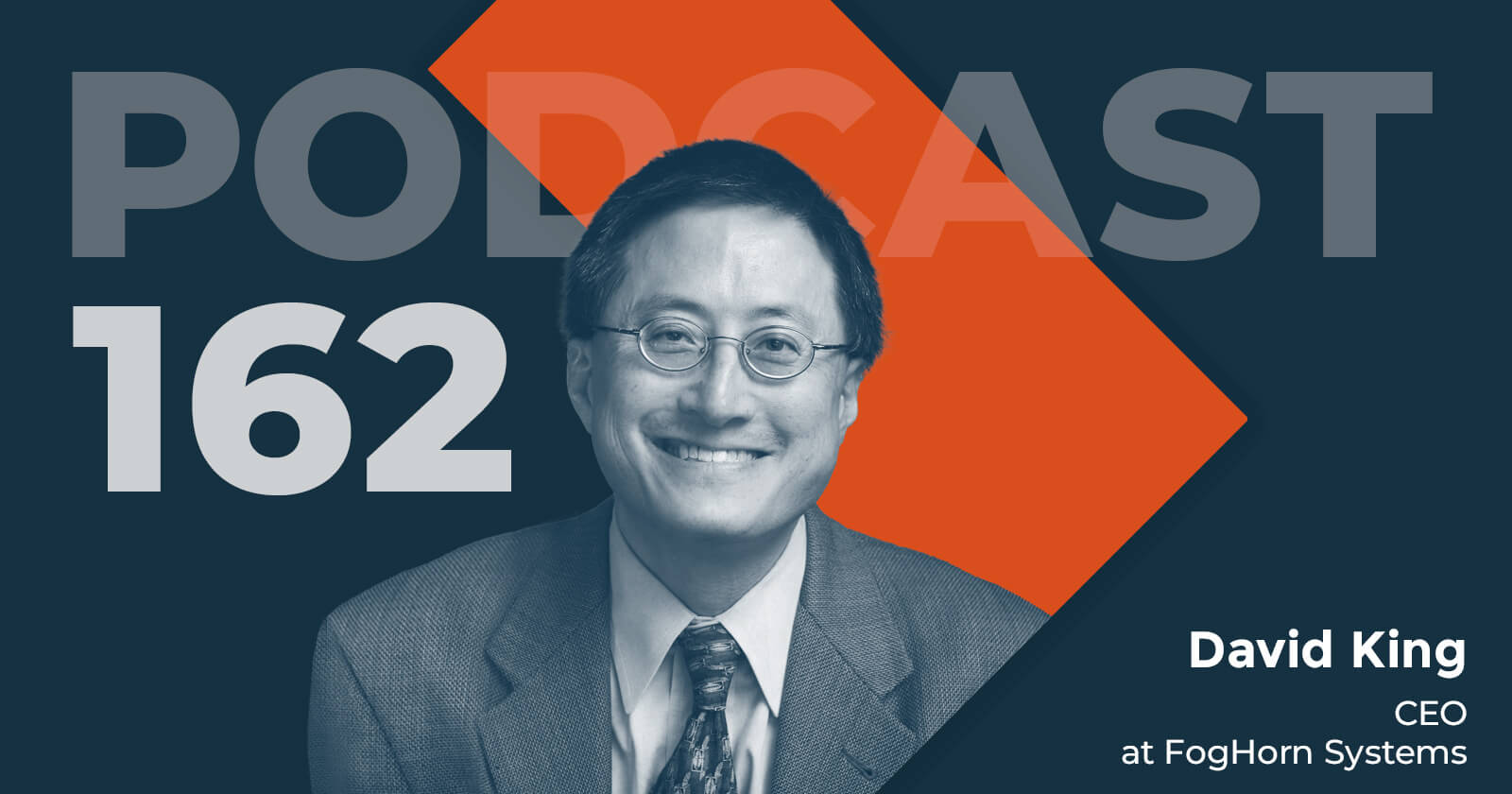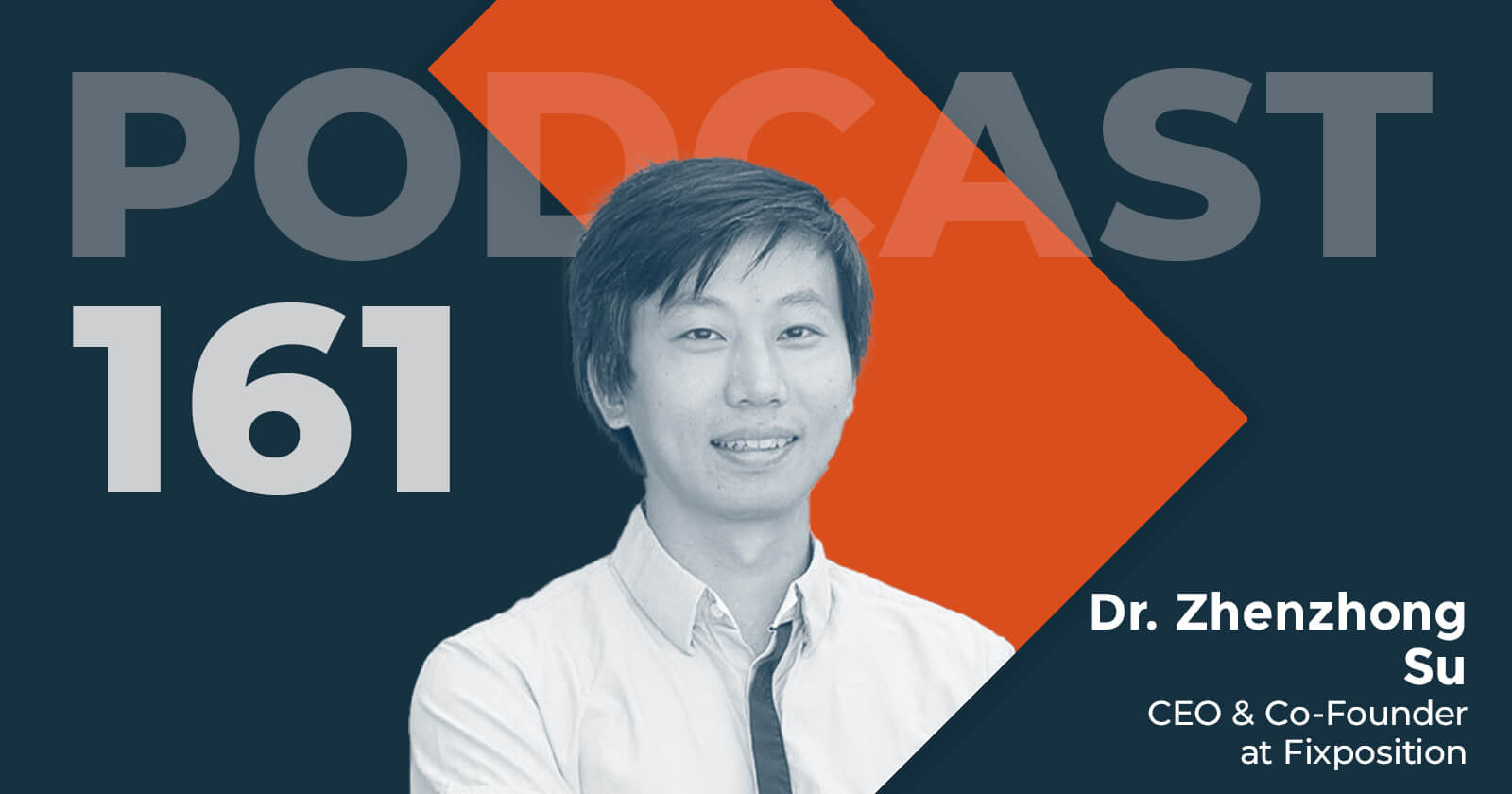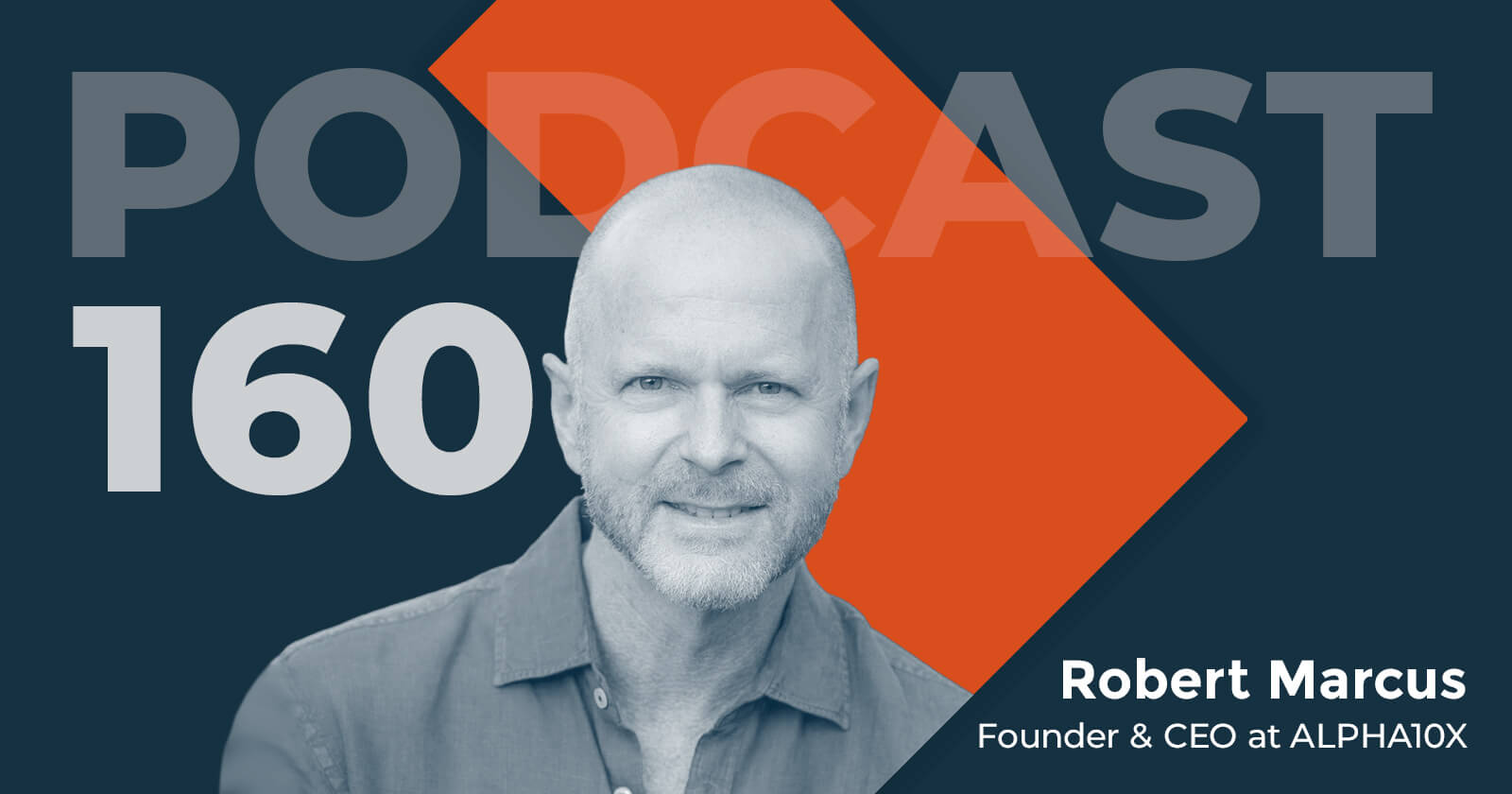Insight Vector: Senseye brings critical certainty to aerospace analytics
Ed Maguire

Innovation and market perspectives from leading IOT innovators
An interview with Simon Kampa, CEO and Co-Founder of Senseye, a Momenta Ventures portfolio company.
What has shaped your background in Connected Industry?
My background is in Computer Science. After college, I did some software development, consultancy, and technical management in aerospace and defense for a number of companies, including Lockheed Martin, Siemens, and other consultancies. My core background is working with data for aerospace. My previous company was Critical Software, which provided bespoke software for the aerospace sector.
The main objective in aerospace data analytics is to predict when equipment is going to fail. If it’s a helicopter gearbox, you want to have as much notice as possible. When this started in the 1980s, this gave rise to Condition Monitoring and Prognostics. Typically, these solutions were very expensive - affordable to only the largest companies, and they had to be customized for each type of equipment. I wondered why these capabilities couldn’t be available to smaller companies. Co-founder and CTO Rob Russell had worked at GE and in aerospace analytics for 20 years while the other co-founders also had the same vision. In 2014, as the market was embracing this vision for IoT, we saw the power of cloud processing and other technology enablers and set up SenseEye to create a shrink-wrapped product.
|
|
Simon Kampa CEO and Co-Founder Senseye |
What is unique to aerospace analytics?
The incredible safety requirements. In aerospace, Condition Monitoring and Prognostics are difficult because you need to study the equipment for a long time with a team of physicists. The challenge is how to make this scalable to thousands of machines?
What helped accelerate realizing your vision?
The key enablers we saw are Machine Learning and Artificial Intelligence, which have been able to automate a lot of the manual steps. Once you get into Machine Learning, you realize that most of the algorithms out in the market are designed for predicting consumer behaviors – these are very linear patterns. Machine failure is a non-linear problem, and after a while, we had to hire our own physicists to deliver propriety algorithms.
We have a collection of proprietary algorithms and a framework that chooses the best one based on the asset type. The objective is minimal human involvement. In aerospace, users need a long notification period to know when equipment will fail – often notifications up to 12 months in advance. Factories don’ t need that much. If the algorithm works with a four-week notification, that’s sufficient for factories.
How did what you learned in aerospace transfer to other industries?
When we started in 2014, no one was talking about Predictive Maintenance, but in the past 18 months the interest has really picked up. The downside is that there is a lot of noise in the market.
A company must be culturally ready for Predictive Maintenance which involves changing habits, workflows, and trust in the system. We visit a lot of factories in the discrete industries and lot are not culturally ready to adopt Predictive Maintenance; a third are still in reactive mode. This is similar to when Lean Manufacturing came out of Japan; it requires a cultural change to implement successfully.
What indicates that companies are culturally ready for Predictive Maintenance?
In discrete manufacturing, we look for evidence they are doing something like condition monitoring – taking grease samples or vibration monitoring. Our successes have come mostly from top-down initiatives, and we support and set up teams for Predictive Maintenance.
What happens when your customers come on board?
Usually, there is a maintenance team that’s manually looking after equipment, looking at graphs in Excel or another approach. Maybe they can cover only ten machines currently, but with our software they can cover 1000 machines or the whole factory with the same team. The SenseEye software provides an overview of the hot spots and can do secondary analysis. Typically, we install the systems and tell people to leave them running and collecting data for two weeks. Anomaly detection is pretty simple. The next level is diagnostics: if something happened, what is it? The third level is prognostics – the prediction that equipment will fail within a certain amount of time. Prognostics need to see an actual failure to be able to predict another event unless there is historic data to analyze. We like high volumes of data and lots of machines – several hundreds and thousands of a common machine to replicate analytics signatures.
What are industries are leading? What are key positive catalysts for adoption?
There isn’t a single sector leading the market, but there are individual teams within companies. This is similar to IoT overall. The availability of data is an issue without sensors. Very few manufacturers have appropriate IoT platforms like Litmus Automation, ThingWorx, Predix or MindSphere. Commercially there needs to be C-Level involvement to drive momentum. We chose discrete manufacturing rather than oil and gas because the tech is suitable and because there’s less competition. Discrete companies are also in need because they have low margins.
Can you point to any key technology catalysts?
It’s all about platforms and cloud. The awareness outside the US and UK is slower than in other regions. Once you have a platform, you can expand to smaller companies. With something like ThingWorx or another IoT platform, it’s very easy. One thing I’d like to see occur is some consolidation in the industrial platforms market – the diversity really slows the adoption because each is trying to control the ecosystems. We do try to follow all of the news about pilots and other developments in the market from the big analysts. By the way, I really like the Momenta weekly emails! -not sure if we put this in?
Momenta Partners encompasses leading Strategic Advisory, Executive Search, and Investment practices. We’re the guiding hand behind leading industrials’ IoT strategies, over 150 IoT leadership placements, and 25+ young IoT disruptors. Schedule a free consultation to learn more about our Connected Industry practice.




